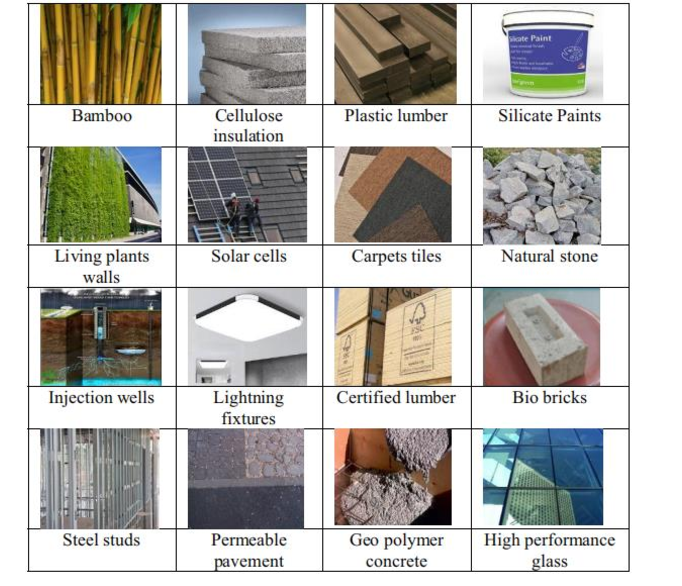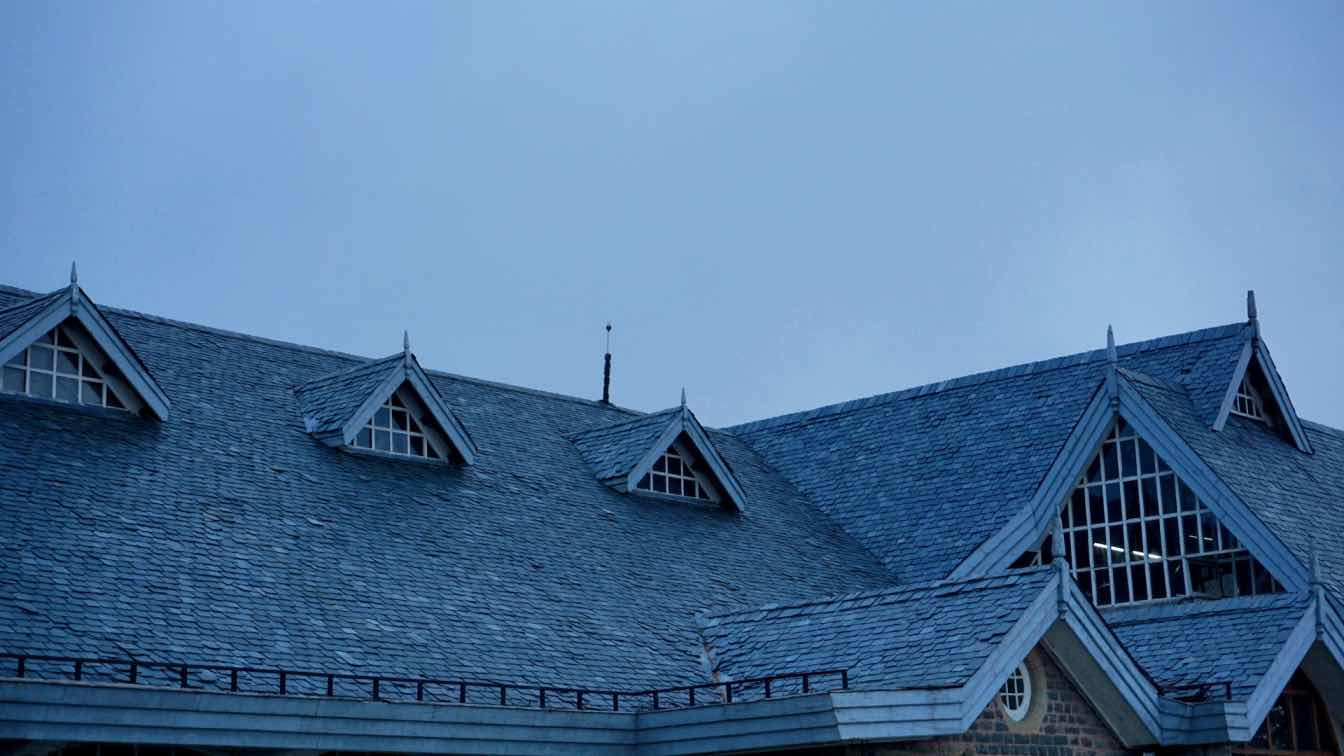CONCRETE BLOCK VS BRICK: DIFFERENCES & USE CASES
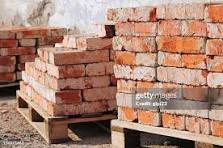
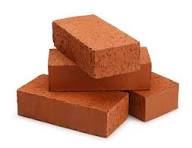
Concrete blocks are easy to work with and still provide excellent stability, strength, and longevity because they are lighter per square meter than bricks. Additionally, they provide outstanding acoustic insulation, high thermal insulation, and superior fire resistance qualities. Compared to bricks, they are frequently thought to be more water resistant. Concrete blocks are ideal for modern structures because of their better compressive strength and lower deal load on buildings due to their dry density.
Brick blocks are often weaker than concrete; normal clay bricks yield 3000PSI, where as concrete typically offers 3500PSI. They are perfect for huge constructions and foundations because of their strength.
Because of their consistent size and shape, they are perfect for a variety of building projects and come in a wide range of sizes. concrete blocks are cost-effective substitute for regular bricks since they are simple to paint and use less mortar, which helps keep project budgets on track.
The composition of the concrete block has strength. It has a high compressive strength since it is composed of cement, sand, and aggregate. In contrast, brick has a low compressive strength because it is composed of stone and clay. This increases the brick’s vulnerability to fracturing and cracking under heavy strain.
Concrete blocks are commonly used for commercial buildings, because of their durability, relatively low cost and their ease to decorate. They are also generally stronger, although slightly less suitable than brick for load-bearing walls because of their different structure.
When would you use blocks instead of bricks?
They suit large projects, tall buildings, modern builds, retaining walls and foundations, where a strong block is needed and where traditional aesthetics aren’t a large feature. They also offer better insulation and fireproofing, so are ideal for buildings such as schools, multiple occupancy homes and offices. They are more functional than attractive, and generally cost less.
Additional benefits of concrete block
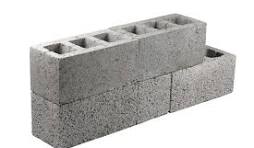
Concrete blocks provide the following benefits over alternative materials:
- They are varied in size and shape.
- They can serve a number of functions.
- Any size or shape can be created by molding them.
- Concrete blocks are long-lasting and reasonably priced.
- It is possible to stack blocks without worrying about them collapsing.
- There are numerous ways to construct a variety of constructions with concrete blocks.
- Because of their durability, you won’t have to worry about leaks or cracks for a very long time.
- Concrete blocks don’t take up much room in the house because they are lightweight.
- Concrete blocks are easy to combine with the décor of your home because they are available in a wide variety of colors.
- Additionally, they are quite easy to work with, which makes them ideal for do-it-yourself jobs like erecting a patio cover or brick wall
Types of building bricks
Bricks can be used for a variety of tasks, including block paving, garage construction, landscaping, and home construction. They are available in a large variety of colors and varieties. Traditional brick comes in three primary varieties, which include:
The smooth finish and holes that extend from the top to the bottom are characteristics of engineering bricks. Frequently utilized for sewers and tunnels.
Engineering bricks are distinguished by their holes that extend from the top to the bottom and their smooth polish. Frequently utilized for sewers and tunnels. Common bricks are created with a mixture of cement and gravel, and they frequently look uneven. Perfect for interior walls or spaces that are hidden from view.
Advantages of building bricks
- Acing bricks are constructed using cements and water to fuse heated clay and mortar for strength. These are more appealing and widely used in landscape gardening and home construction.
- An enduring and reliable building material that will endure over time. In a property, they can also produce an appealing interior element. Their basic appearance can be combined with different patterns, accents, and color choices to create a distinctive atmosphere for a house or outdoor space.
- Because they improve a building’s aesthetic appeal and traditional appearance, bricks are a preferred prerequisite for house purchasers in addition to being naturally robust and durable and resistant to abrasion.
- Because they’re constructed of natural materials and have inherent thermal benefits, bricks are also eco-friendly and sustainable. In comparison to concrete blocks, they can absorb more heat due to their increased thermal density, which can be advantageous throughout the summer. Bricks are actually so durable and aesthetically pleasing that recovered bricks are a common technique to recycle resources while adding a very appealing element that is full of personality.
Disadvantages of building bricks
Generally speaking, bricks are more expensive and less durable than concrete blocks. One major drawback for face bricks is their potential susceptibility to chips and fissures. Bricks do requires one-up keep, such as repointing eventually when the mortar begins to disintegrate, and they do absorb moisture, which can cause harm. Cutting individual bricks is more difficult, and labor expenses are typically higher.
Bricks require specialized labor to place properly and are heavier than concrete blocks in a comparable area. Because bricks are smaller than concrete blocks, you’ll also need more mortar to place them.
When to use bricks instead of concrete blocks
Usually, a project will favor bricks over blocks mainly because of how they look. Most extensions on classic properties would use bricks, to match the existing home, unless they are being used for non-facing walls.
Bricks are easy to work with and can be formed into almost any shape.
Construction projects with intricate detailing customized feature walls or traditional architectural designs would choose bricks for better visual appeal. They are also more flexible, in both size and durability, and are timeless in how they look.
FAQs ABOUT BRICKS VS. CONCRETE BLOCK
What drawbacks do concrete blocks have?
There are certain drawbacks to concrete blocks when comparing them to brick. They are quite heavy and challenging to transport and store. They don’t look as good as bricks or other contemporary building materials, and because of their porous structure, they readily absorb water. If they are not maintained, this could eventually result in damp issues or water damage
What benefits do concrete blocks have over bricks?
Concrete blocks provide many benefits, including strength, a wide range of sizes and forms, and versatility for a number of construction applications. For some purposes, they are reasonably priced, robust, and adaptable. They create a more sturdy yet light weight frame work that stacks easily without collapsing.
Do blocks of concrete absorb water?
Compared to brick, concrete blocks absorb water more readily. Because concrete blocks are porous, they may absorb moisture from the surrounding air or soil, which may result in dampness. The main worry is whether any absorbed water may freeze and expand due to severe weather, which could result in instability and breaking
Why do blocks being utilized rather than bricks?
Because of its superior compressive strength over bricks, ease of installation, and fire resistance, concrete blocks are preferred. Instead of employing brick from major projects, they might also assist to save money.
Concrete blocks are not only more adaptable but also simpler to paint, providing a wider range of finish options.
Which Is superior, bricks or concrete blocks?
Whether to use brick or concrete blocks greatly relies on the specific project and your goals. Although solid concrete blocks are large and heavy, they may provide superior fire resistance, Insulation, and acoustic quality. Bricks are typically more aesthetically pleasing and long-lasting. Despite the fact that concrete blocks are often a little less expensive than bricks, The installation expenses typically tends to be similar.



